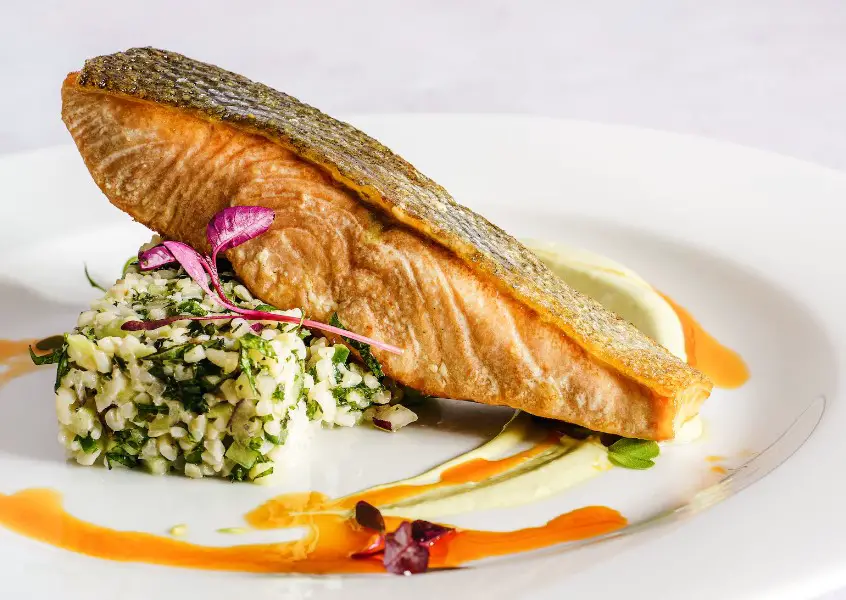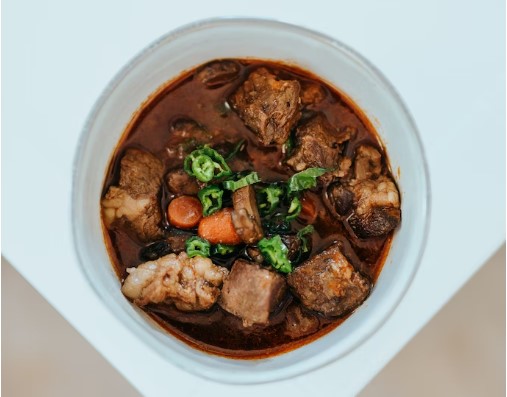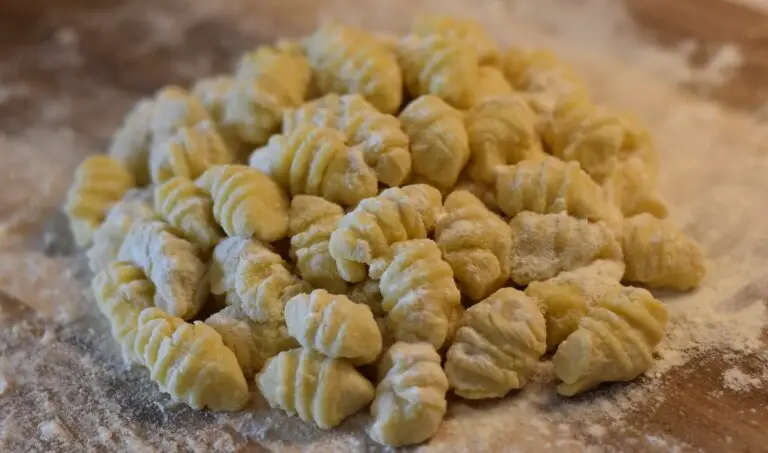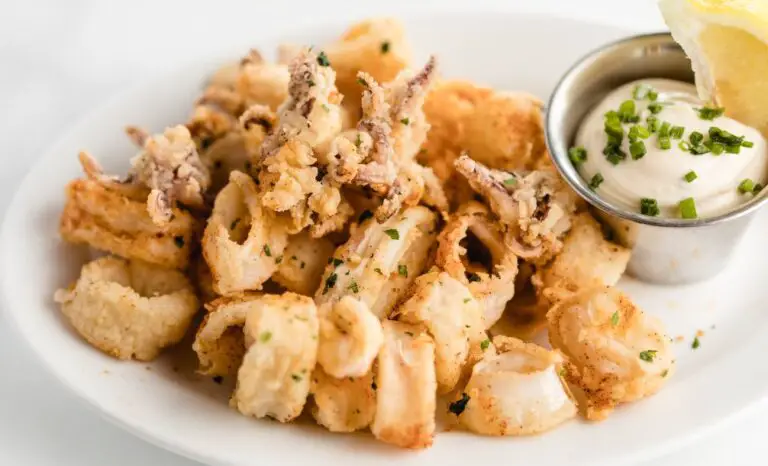Achieving a crispy skin on salmon without falling into the pitfall of burning is a culinary hurdle you might face. This coveted texture not only heightens the flavor but also provides a visual appeal to the dish, marking it as a desirable skill among culinary aficionados. Mastering this requires a thorough grasp of heat management, timing, and the application of the correct techniques. Often, you might find yourself turning to professional chefs or seasoned home cooks for advice, making the path to perfecting crispy-skinned salmon a collaborative learning venture within the cooking community.
II. Preparing the Salmon
Before embarking on the journey to cook the perfect salmon with a crispy skin, it’s essential for you to lay a solid foundation, which begins with the preparation of the salmon.
- Selecting the Right Kind of Salmon: Your first step towards achieving a crispy skin is selecting the right kind of salmon. Skin-on fillets are the go-to choice for this culinary endeavor. The skin not only provides a textural contrast but also holds the flesh together, keeping it moist and flavorful. Moreover, the skin contains a good amount of fat which, when rendered properly, contributes to the crisping process and adds a depth of flavor to the fish.
- Patting the Salmon Dry: Once you have the right cut, it’s crucial for you to pat the salmon dry using paper towels. This step is about removing the excess moisture on the surface of the salmon which could hinder the searing process. A drier skin will sear better, giving you that desirable crispy texture. This practice also provides a cleaner and safer cooking experience, as it minimizes the splattering of hot oil during cooking.
- Seasoning: The seasoning can be as simple or as elaborate as you prefer. A basic seasoning with salt and pepper is often all that’s needed to enhance the natural flavors of the salmon. However, the world of seasoning is vast and can be explored to suit your personal preferences. Whether you choose a simple seasoning or a more adventurous marinade, the key is to ensure that it complements the salmon without overpowering its natural flavor. Some also recommend creating a bed of salt and pepper in the skillet to act as a barrier between the salmon and the hot skillet, which aids in achieving a gorgeous crust on the salmon.
III. Choosing the Right Cookware
The cookware you choose plays a pivotal role in your journey to achieving that perfect crispy skin on salmon. Here’s what you need to consider:
- Using a Non-stick or Well-seasoned Cast-iron Skillet: Your choice of skillet is crucial. A good quality non-stick skillet is often recommended as it significantly reduces the chances of the skin sticking to the pan. However, a well-seasoned cast-iron skillet can also be a great choice. The cast-iron skillet, known for its excellent heat retention and even heat distribution, can provide a good sear to the salmon skin, giving it that desirable crispiness. The key here is to ensure that the cast-iron skillet is well-seasoned to create a naturally non-stick surface that will allow the salmon skin to sear without sticking.
IV. Cooking Techniques
Mastering the art of cooking salmon with a crispy skin involves a blend of the right techniques and patience. Here’s a step-by-step guide to help you through the process:
- Starting with a Cold Pan: Begin by placing the salmon in a cold pan. This technique allows the pan and the salmon to heat up together, rendering the fat from the salmon skin gradually. This not only prevents sticking but also contributes to achieving a crispy skin as the fat renders and acts as a natural non-stick agent.
- Pressing the Salmon Gently: Once the salmon is in the pan, press it gently to ensure even contact with the pan. This action helps in achieving a crispy result as it ensures that the entire skin surface gets evenly cooked and crisped. A good ten-second press when it first hits the hot pan can make a difference in the outcome.
- Cooking on Medium-High Heat: After the initial cold start, adjust the heat to medium-high to achieve a crispy skin without burning. This heat setting provides the right amount of heat to crisp up the skin while keeping the flesh tender and moist.
- Avoiding the Urge to Move the Salmon Around in the Pan: It might be tempting to move the salmon around, but resist the urge. Let the salmon cook undisturbed, allowing the skin to sear and crisp up properly.
- Cooking Time: Allow about 6-7 minutes for the skin side or until the skin crisps up to your satisfaction. Once achieved, flip the salmon to cook the other side to your desired doneness. The total cooking time will depend on the thickness of the salmon and your preferred level of doneness, but with practice, you’ll find the sweet spot that delivers your perfect salmon every time1.
By following these techniques and paying attention to the nuances of cooking salmon, you’re well on your way to mastering the creation of a beautifully crispy-skinned salmon.
V. Alternative Methods
If you’re looking to explore beyond the stovetop, there are alternative methods to cook salmon while still aiming for that coveted crispy skin. Here’s a look at how baking or grilling compares to pan-searing:
- Baking: Baking is a less hands-on method compared to pan-searing. To achieve a crispy skin, it’s crucial to place your salmon skin-side down on a preheated baking sheet. This method ensures that the skin crisps up quickly while the flesh cooks evenly. However, the degree of crispiness may not match up to what you can achieve with pan-searing, as the direct contact with a hot pan surface in searing creates a crisper skin.
- Grilling: Grilling is another alternative that can imbue your salmon with a delightful smoky flavor. For a crispy skin, ensure your grill is well-preheated and cleaned to prevent sticking. Place the salmon skin-side down on the grill and resist the urge to move it around. Much like pan-searing, the direct high heat will help crisp up the skin. Yet, it might require a bit more vigilance to prevent burning due to the intense heat of a grill.
Each method has its own set of advantages and challenges. Pan-searing offers a high degree of control and potentially the crispiest skin, but requires a bit more attention during the cooking process. On the other hand, baking and grilling might offer a more convenient or flavorful way to cook your salmon, albeit with a possible trade-off in skin crispiness.




